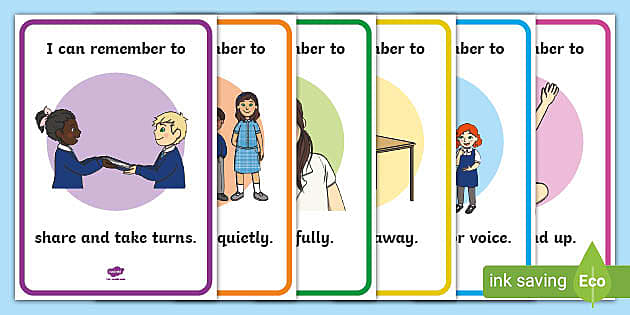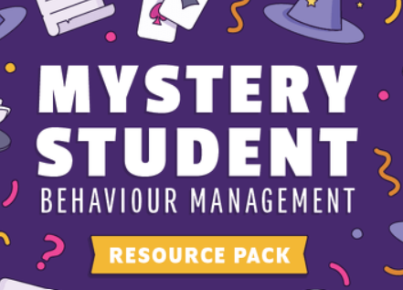Introduction
Behaviour management is a critical component of classroom success, ensuring that students remain focused, engaged, and respecting the rules set forth by the educator. One effective method of behaviour management is the use of warnings – a proactive strategy aimed at addressing potential issues before they escalate into disruptive incidents. This article explores the concept of using warnings as a proactive behaviour management strategy, discussing its benefits and providing tips for implementing it effectively.
Why Use Warnings as a Behaviour Management Strategy?
1. Early intervention: Warnings serve as an initial step in addressing unwanted behaviour before it escalates or causes significant disruption. By providing verbal or non-verbal cues to correct the behaviour during its early stages, teachers can prevent classroom disruptions and foster an environment where all students can learn effectively.
2. Clear communication: Warnings provide a method of communicating expectations to students in plain terms. This clarity helps students understand their boundaries and improves their ability to self-regulate their behaviour.
3. Respectful approach: Warnings allow teachers to address issues without immediately resorting to punitive measures. This respectful approach fosters a positive classroom culture where mutual respect between students and teachers thrives.
4. Opportunities for reflection and growth: The use of warnings provides students with an opportunity to reflect on their actions and make choices in correcting their behaviour before more severe consequences are enforced.
Tips for Effective Implementation of Warnings
1. Establish clear expectations: Clearly outline behavioural expectations at the beginning of the school year or course before implementing any warning system. Provide students with examples of acceptable behaviour and explicitly discuss consequences if these expectations are not met.
2. Use non-verbal cues initially: Often, subtle non-verbal warnings such as pointing or raised eyebrows can communicate that specific behaviour is unacceptable without drawing unnecessary attention to the student.
3. Be consistent: Apply your warning system consistently across all students and situations to ensure fairness and effectiveness. Consistency is key in establishing mutual trust and respect between students and teachers.
4. Allow for positive reinforcement: Balance warnings with positive reinforcement to recognize and reward desired behaviour. This encourages a more favorable learning environment while still respecting the need for discipline and classroom structure.
5. Private follow-up: If a warning is not sufficient to correct a student’s behaviour, address the issue privately in a one-on-one conversation to avoid potential embarrassment or escalation. Provide guidance on how the situation could have been handled differently and reaffirm expectations moving forward.
Conclusion
Embracing warnings as part of a proactive behaviour management strategy can significantly enhance the overall school climate, ensuring that students understand expectations and providing opportunities for reflection and growth. By following these tips, educators can successfully use warnings as an effective tool in maintaining a productive and respectful learning environment.





